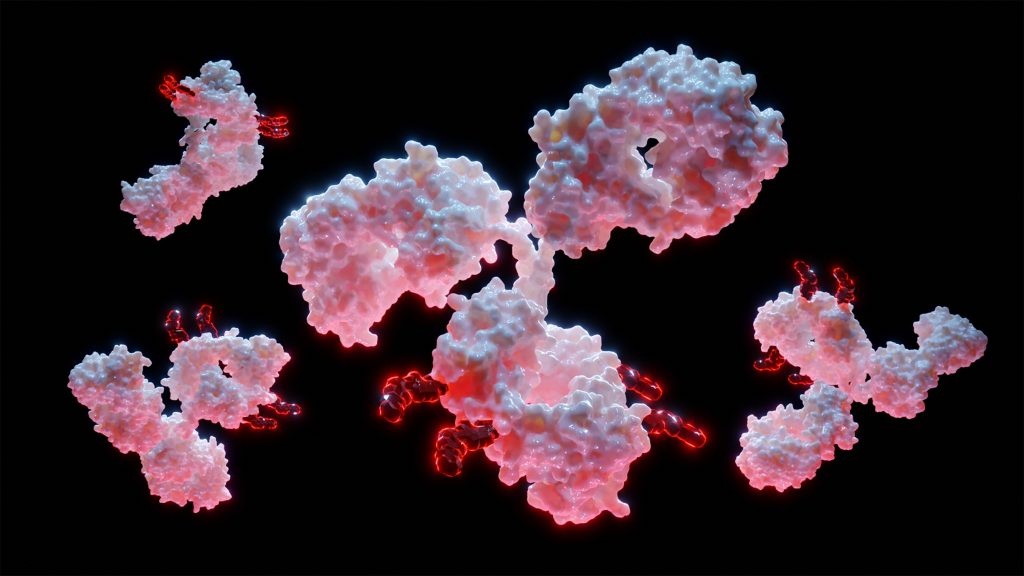
The Enlarged Board of Appeal (EBoA) of the European Patent Office (EPO) has recently held its oral proceedings in G1/23, providing significant clarification on whether commercially available products with compositions that cannot be readily analysed or reproduced constitute state of the art under Article 54(2) EPC. While we await the publication of the full written decision, the outcome of the hearing offers important insights into how the EPO will approach this issue moving forward.
Background
The referral in G1/23 arose from decision T483/19, concerning European Patent No. 2626911, which claimed a polymeric material for solar cell encapsulation. At issue was the prior art status of a commercial product called ENGAGE® 8400, which was publicly available before the filing date, with details of its composition disclosed in technical brochures. However, information on how to make the product was not publicly available.
The central question was whether ENGAGE® 8400 could be considered state of the art if the skilled person could not reproduce it without undue burden — a criterion that had been considered essential following the EBoA’s earlier decision in G1/92.
Key findings
From the hearing discussions, it appears the EBoA may be reaching the following conclusions:
- A product put on the market before the filing date of a European patent application is not excluded from the state of the art solely because its composition or internal structure could not be analysed and reproduced without undue burden.
- Technical information about such commercial products (e.g., in brochures or data sheets) does constitute state of the art regardless of whether the product itself could be analysed and reproduced.
- The Board seemed to favour the view that “a physical product is by definition enabled by being put on the market” and that “analysability and reproducibility are not required.”
Comments during the hearing suggested that excluding non-reproducible products from the state of the art would be inconsistent with the European Patent Convention, noting that Article 54(2) EPC should be “understood broadly” to include “any disclosure before relevant date.”
The discussions appeared generally consistent with the preliminary opinion previously issued by the EBoA, with no significant departures from their initial reasoning that reproducibility requirements lack a legal basis in the EPC, although we await the written decision to confirm this impression.
Practical implications
If the written decision follows the apparent direction of the hearing, this could have important implications for patenting strategies, particularly in industries dealing with complex products such as polymers, pharmaceuticals, and materials science:
- The ruling might effectively create something akin to an “on-sale bar” similar to that in U.S. patent law, preventing companies from patenting products that were previously commercialized, even if those products could not be reproduced at the time.
- Companies may need to rely less on trade secrets to protect difficult-to-reverse-engineer commercial products and instead file patent applications prior to commercialization.
- Technical information about commercial products might now more clearly constitute state of the art for novelty and inventive step assessments, even when the product itself may not be fully analysable or reproducible.
Looking ahead
The hearing discussions appear to signal a potential clarification of European patent law regarding the definition of prior art. By removing reproducibility as a requirement for commercially available products to be considered state of the art, this decision would simplify the assessment of what constitutes prior art while potentially narrowing the scope for patenting previously commercialized products.
We will provide further analysis once the full text of the decision is published. In the meantime, if you would like to discuss the potential relevance of G1/23 to your business, please contact us.



